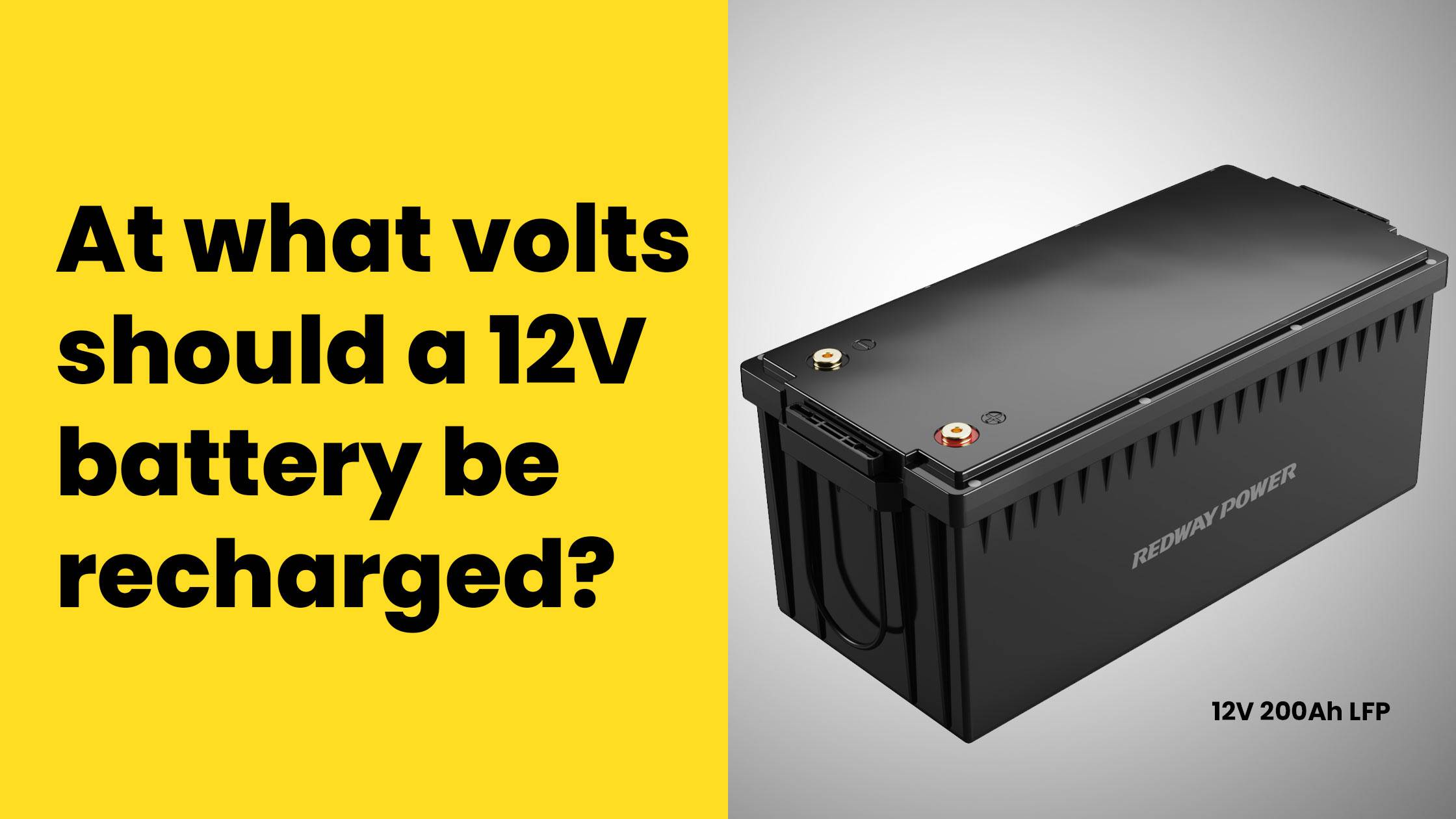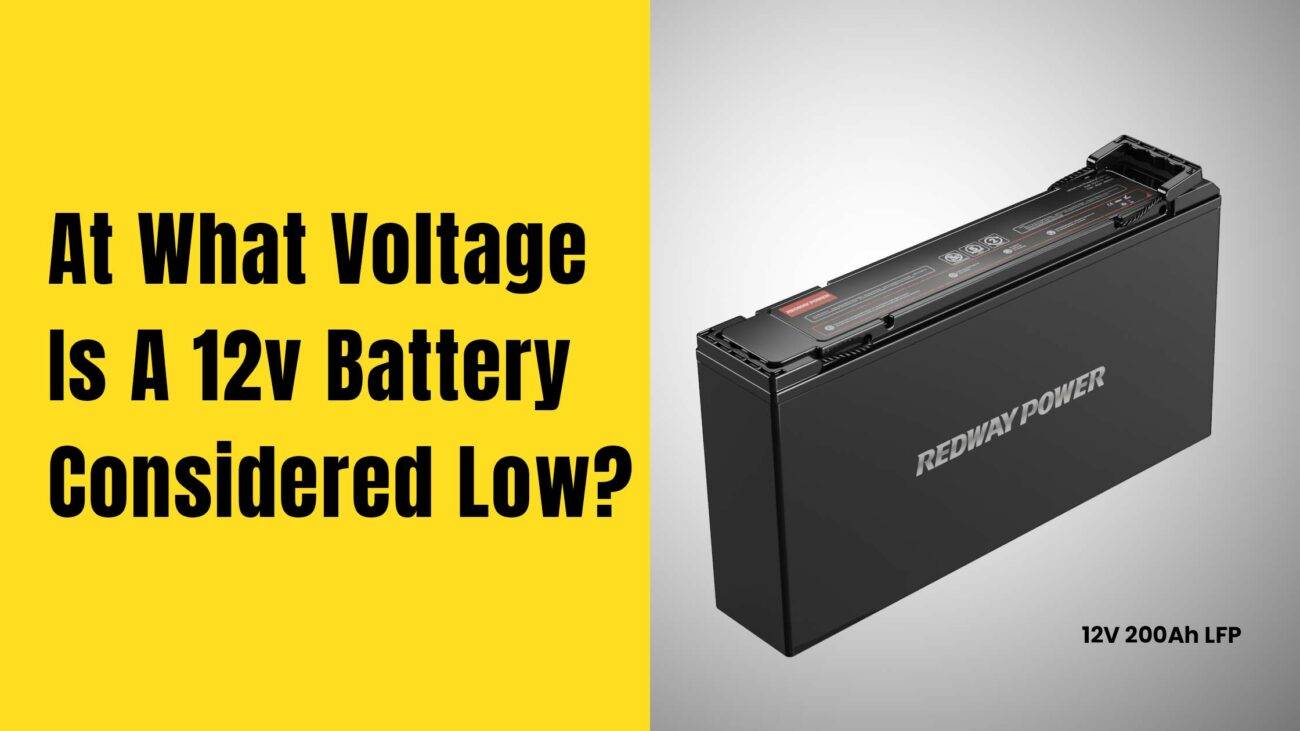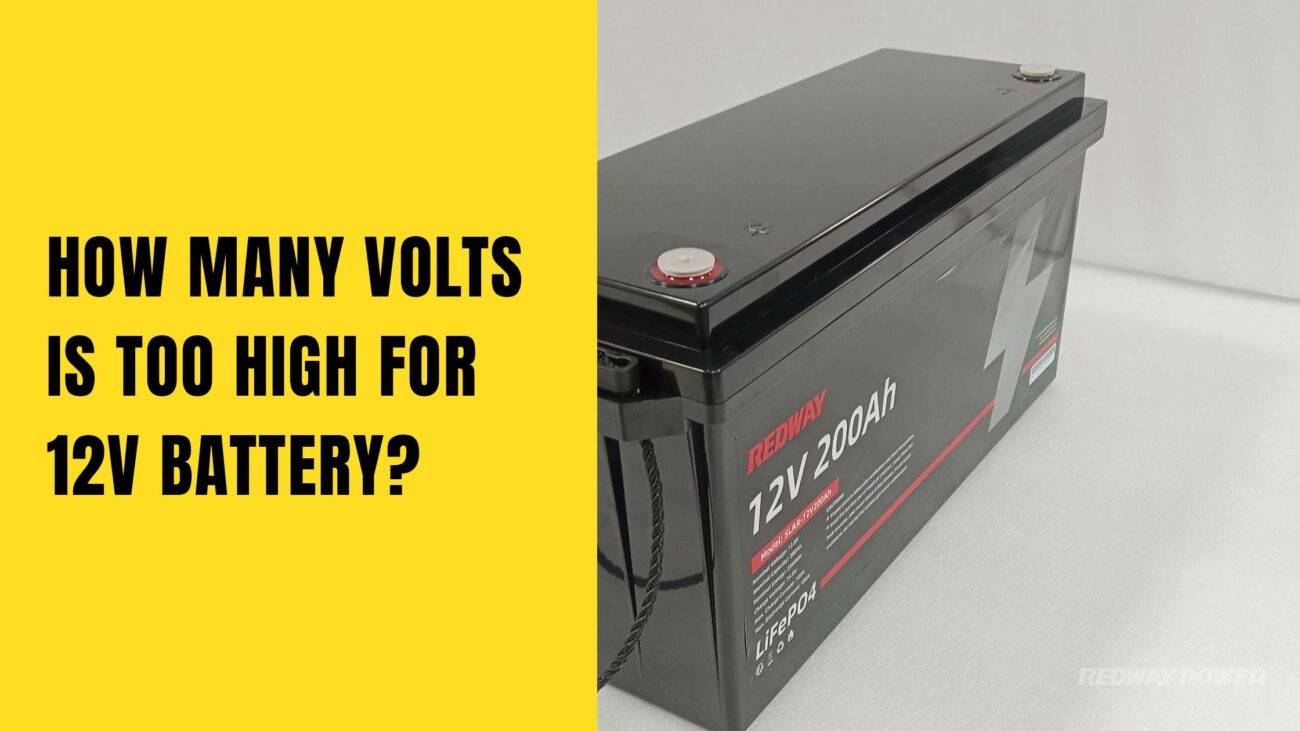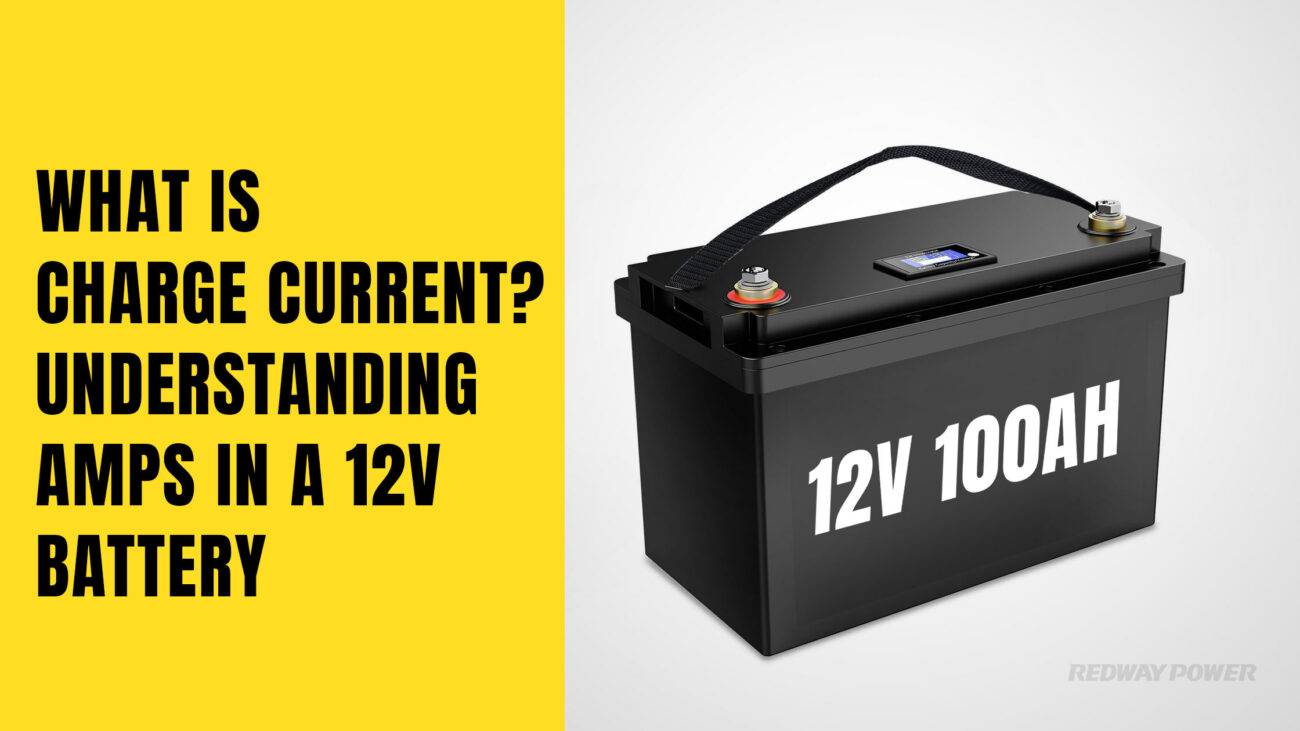- Lithium Golf Cart Battery
- Forklift Lithium Battery
-
48V
- 48V 210Ah
- 48V 300Ah
- 48V 420Ah (949 x 349 x 569 mm)
- 48V 420Ah (950 x 421 x 450 mm)
- 48V 456Ah
- 48V 460Ah (830 x 630 x 590 mm)
- 48V 460Ah (950 x 421 x 450 mm)
- 48V 460Ah (800 x 630 x 600 mm)
- 48V 460Ah (820 x 660 x 470 mm)
- 48V 500Ah
- 48V 560Ah (810 x 630 x 600 mm)
- 48V 560Ah (950 x 592 x 450 mm)
- 48V 600Ah
- 48V 630Ah
-
48V
- 12V Lithium Battery
12V 150Ah Lithium RV Battery
Bluetooth App | BCI Group 31
LiFePO4 Lithium
Discharge Temperature -20°C ~ 65°C
Fast Charger 14.6V 50A
Solar MPPT Charging - 24V Lithium Battery
- 36V Lithium Battery
- 48V Lithium Battery
-
48V LiFePO4 Battery
- 48V 50Ah
- 48V 50Ah (for Golf Carts)
- 48V 60Ah (8D)
- 48V 100Ah (8D)
- 48V 100Ah
- 48V 100Ah (Discharge 100A for Golf Carts)
- 48V 100Ah (Discharge 150A for Golf Carts)
- 48V 100Ah (Discharge 200A for Golf Carts)
- 48V 150Ah (for Golf Carts)
- 48V 160Ah (Discharge 100A for Golf Carts)
- 48V 160Ah (Discharge 160A for Golf Carts)
-
48V LiFePO4 Battery
- 60V Lithium Battery
-
60V LiFePO4 Battery
- 60V 20Ah
- 60V 30Ah
- 60V 50Ah
- 60V 50Ah (Small Size / Side Terminal)
- 60V 100Ah (for Electric Motocycle, Electric Scooter, LSV, AGV)
- 60V 100Ah (for Forklift, AGV, Electric Scooter, Sweeper)
- 60V 150Ah (E-Motocycle / E-Scooter / E-Tricycle / Tour LSV)
- 60V 200Ah (for Forklift, AGV, Electric Scooter, Sweeper)
-
60V LiFePO4 Battery
- 72V~96V Lithium Battery
- Rack-mounted Lithium Battery
- E-Bike Battery
- All-in-One Home-ESS
- Wall-mount Battery ESS
-
Home-ESS Lithium Battery PowerWall
- 24V 100Ah 2.4kWh PW24100-S PowerWall
- 48V 50Ah 2.4kWh PW4850-S PowerWall
- 48V 50Ah 2.56kWh PW5150-S PowerWall
- 48V 100Ah 5.12kWh PW51100-F PowerWall (IP65)
- 48V 100Ah 5.12kWh PW51100-S PowerWall
- 48V 100Ah 5.12kWh PW51100-H PowerWall
- 48V 200Ah 10kWh PW51200-H PowerWall
- 48V 300Ah 15kWh PW51300-H PowerWall
PowerWall 51.2V 100Ah LiFePO4 Lithium Battery
Highly popular in Asia and Eastern Europe.
CE Certification | Home-ESS -
Home-ESS Lithium Battery PowerWall
- Portable Power Stations
What Is the Recommended Voltage for Recharging a 12V Battery?

Recharging a 12V battery requires understanding its optimal voltage levels to ensure safety and efficiency. A fully charged 12V lead-acid battery typically reads between 12.6 to 12.8 volts, while the recommended charging voltage is around 14.4 to 14.7 volts. Knowing these values helps maintain battery health and performance.
What is the normal voltage range for a fully charged 12V battery?
A fully charged 12V lead-acid battery should read approximately 12.6 to 12.8 volts at rest. This indicates that the battery is in good condition and has sufficient charge. If the reading falls below 12.4 volts, it may indicate that the battery is partially discharged.Chart: Voltage Levels of a Fully Charged Battery
| Voltage Level | Charge Status |
|---|---|
| Above 12.6 volts | Fully charged |
| Between 12.4 – 12.6 volts | Partially charged |
| Below 12.4 volts | Discharged; needs recharging |
What is the recommended charging voltage for a 12V battery?
The recommended charging voltage for a standard lead-acid 12V battery ranges from 14.4 to 14.7 volts during the bulk charging phase. This higher voltage allows for faster charging and ensures that all cells within the battery reach full capacity.
How do different battery types affect charging voltage?
Different types of batteries require different charging voltages:
- Lead-Acid Batteries: Typically require 14.4 to 14.7 volts for optimal charging.
- Lithium-Ion Batteries: Generally charge at lower voltages, around 13.8 to 14.6 volts, depending on chemistry.
- Lithium Iron Phosphate (LiFePO4): These batteries may require about 14.6 to 14.8 volts.
Chart: Charging Voltage by Battery Type
| Battery Type | Recommended Charging Voltage |
|---|---|
| Lead-Acid | 14.4 – 14.7 volts |
| Lithium-Ion | 13.8 – 14.6 volts |
| Lithium Iron Phosphate | 14.6 – 14.8 volts |
When should a 12V battery be recharged?
A 12V battery should be recharged when:
- The resting voltage drops below 12.4 volts.
- The vehicle or device shows signs of sluggish performance or dim lights.
- Regular maintenance checks indicate reduced capacity or performance.
How can temperature affect the charging voltage of a battery?
Temperature plays a significant role in how batteries charge:
- Cold Temperatures: Charging efficiency decreases in cold conditions, often requiring higher voltages to compensate.
- Hot Temperatures: High temperatures can increase chemical reactions, potentially leading to overcharging if not monitored closely.
For optimal performance, it’s essential to adjust charging practices based on ambient temperature conditions.
What are the signs that a 12V battery needs to be recharged?
Common signs that indicate your 12V battery needs recharging include:
- Dimming Lights: Reduced brightness in headlights or dashboard lights.
- Slow Engine Crank: Difficulty starting your vehicle or slow cranking sounds.
- Voltage Readings: Measurements below 12.4 volts on a multimeter.
Regularly monitoring these indicators can help prevent unexpected failures.
Industrial News
Recent advancements in energy storage technology highlight an increased focus on optimizing charging methods for various types of batteries, including lead-acid and lithium-ion systems. Innovations in smart chargers allow users to adjust settings based on environmental conditions, improving efficiency and extending overall battery life.
Redway Power Insights
“Understanding how to properly charge and maintain your batteries is crucial,” states an expert from Redway Power. “By adhering to recommended voltages and monitoring performance indicators, users can significantly enhance their batteries’ longevity and reliability.”
FAQ Section
What is the normal resting voltage for a fully charged 12V lead-acid battery?
The normal resting voltage should be between 12.6 to 12.8 volts when fully charged.At what voltage should I recharge my car’s lead-acid battery?
Recharge your car’s lead-acid battery when it drops below 12.4 volts.Does temperature affect how I charge my batteries?
Yes, cold temperatures may require higher voltages for effective charging, while hot temperatures can increase risks of overcharging.

























